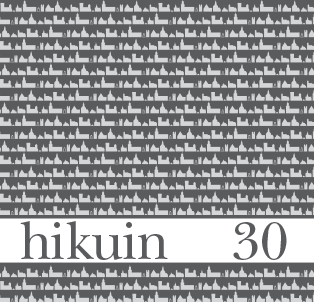Sct. Jørgenskapellet ved Spidlegård på Bornholm
Arkæologiske undersøgelser 1918, 1960, 1961 og 1962
Abstract
Sct. Jørgenskapellet at Spidlegård on Bornholm.
Archaeological studies 1918, 1960, 1961 and 1962
By Jens Vellev
On the island of Bornholm, just northwest of Åkirkeby, the only institution where lepers could receive care and lodging was established in the thirteenth century. The place is referred to for the first time in written sources in 1334 by the Latin name domui leprosorum (the lepers’ house); later it was referred to as Sct. Jørgensgård, just like most of the other leper hospitals in the country. In 1918 Poul Nørlund (1888-1951) from the National Museum excavated the institution’s chapel, which lay in ruins, exposing the preserved brickwork. In 1960 and 1961 the churchyard outside the chapel was excavated and c. 170 burials examined. In 1962 the burials inside the chapel were exposed. This time Dr Vilhelm Møller- Christensen (1903-1988) carried out the study, ascertaining several cases of leprosy and a number of skeletons showing evidence of syphilis. The planned scientific examination of the excavated skeletal material was never accomplished. It has not been possible to obtain a large portion of the documentation from the last three campaigns in the relevant museums and archives. On the basis of the highly fragmentary archival material, the article aims to outline the main features of the centuries-long history of the place, concluding with a discussion of the find of two coins from the times of Valdemar Atterdag (1340-1375) in 1997. They may be regarded as the preliminary to renewed archaeological activity surrounding one of Bornholm’s most mysterious buildings.
Downloads
Published
How to Cite
Issue
Section
License
Forfatter og Forlag.





